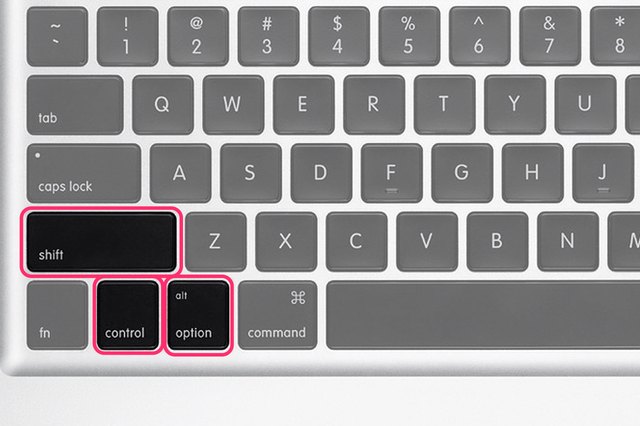
They’re also pretty easy to learn and remember because the majority of the shortcuts use the first letter of the command. These keyboard shortcuts are major timesavers once you start implementing them in your daily tasks. macOS comes loaded with other handy keyboard shortcuts that you can use to speed up your workflow and increase your productivity.īefore we dive straight into the comprehensive list, look below to find a table of the most useful shortcuts in a table of their own. Very cool, but these shortcuts are just the tip of the iceberg. Restart your Mac (without confirmation dialog) Set focus notification area in the Taskbar.

Here's a list of all the most common keyboard shortcuts using the Windows key. You can also complete tasks like controlling windows, and virtual desktops, taking screenshots, locking the computer, and more. Open any application menu using the keyboard. The Windows key combined with other keys allows you to perform many useful tasks, such as launch Settings, File Explorer, Run command, apps pinned in the Taskbar, or open specific features like Narrator or Magnifier. To search the menus, press Alt + / (Windows, Chrome OS) or Option + / (Mac). Scroll to the bottom of the page, or move keyboard focus to the last item of the pane. Scroll to the top of the page, or move keyboard focus to the first item of the pane. Scroll up the webpage one screen at a time. Scroll down the webpage one screen at a time. Stop loading page, close dialog, or close pop-up. Toggle PDF between fit to page or fit to width.įocus on the Settings (three-dotted) button. Reopen the last closed tab and switch to the tab. Reload the page, ignoring cached content. Sign in as a different user in the browser or use Guest user. Reverse cycle through search matches in the Find Bar. Select the URL in the address bar to edit.Ĭycle through search matches in the Find Bar. Save open tabs as favorites inside a new folder. This list includes the keyboard shortcuts for the dialog box legacy settings pages (for example, Folder Options).įocus on the first item in the favorites bar. Open Properties settings for the selected item.

Rename a command, F2, Option+Return (desktop) F2. Then, press the space bar to open the menu. These are the most useful shortcuts for the default file manager on Windows 10.Įxpands all folders from the tree in the navigation pane.Ĭreates a new folder on desktop or File Explorer. Shift+Tab moves focus to the shortcut menu for the Navigator. Switch to the virtual desktop on the left.įile Explorer includes keyboard shortcuts to help you get things done a little quicker. Switch to the virtual desktop on the right. Move active window to monitor on the right. Move active window to monitor on the left.

Maximize or minimize active desktop windows vertically while maintaining width. Stretch desktop window to the top and bottom of the screen. Minimize or maximize all but the active desktop window. Restore minimized windows on the desktop. Open Jump List of the app in number position from the Taskbar. any layer to fit your composition frame by hitting Command + Option + F. Open the app in number position from the Taskbar. To quickly precompose a layer or set of layers hit Command + Shift + C. Move the cursor to the beginning of the next paragraph. Move the cursor to the beginning of the previous paragraph Move the cursor to the beginning of the next word. Move the cursor to the beginning of the previous word. Show window menu for the group from the Taskbar. Show window menu for the app from the Taskbar.Ĭycle through windows in the group from the Taskbar. Run app as administrator from the Taskbar. Open another instance of an app from the Taskbar. Reveals typed password in Sign-in screen. Switch between open apps while pressing Tab multiple times. Runs command for the underlined letter in apps. Select multiple items on desktop or File Explorer. Windows key + Period (.) or Semicolon ( )Ĭapture a full screenshot in the "Screenshots" folder.Ĭapture part of the screen with Snip & Sketch. Take a screenshot and stores it in the clipboard. Select text between the cursor and the end of the current line, Shift + End.

(If no active window is present, a shutdown box appears.)ĭelete the selected item permanently, skipping Recycle Bin. Go to beginning of previous word, Ctrl + Left Arrow, Option + Left Arrow. Undo an action, including undelete files (limited).Ĭreate new folder on desktop or File Explorer.Ĭlose active window.


 0 kommentar(er)
0 kommentar(er)
